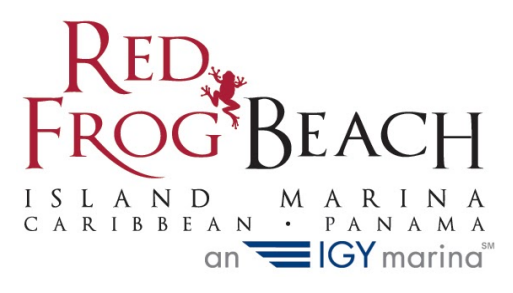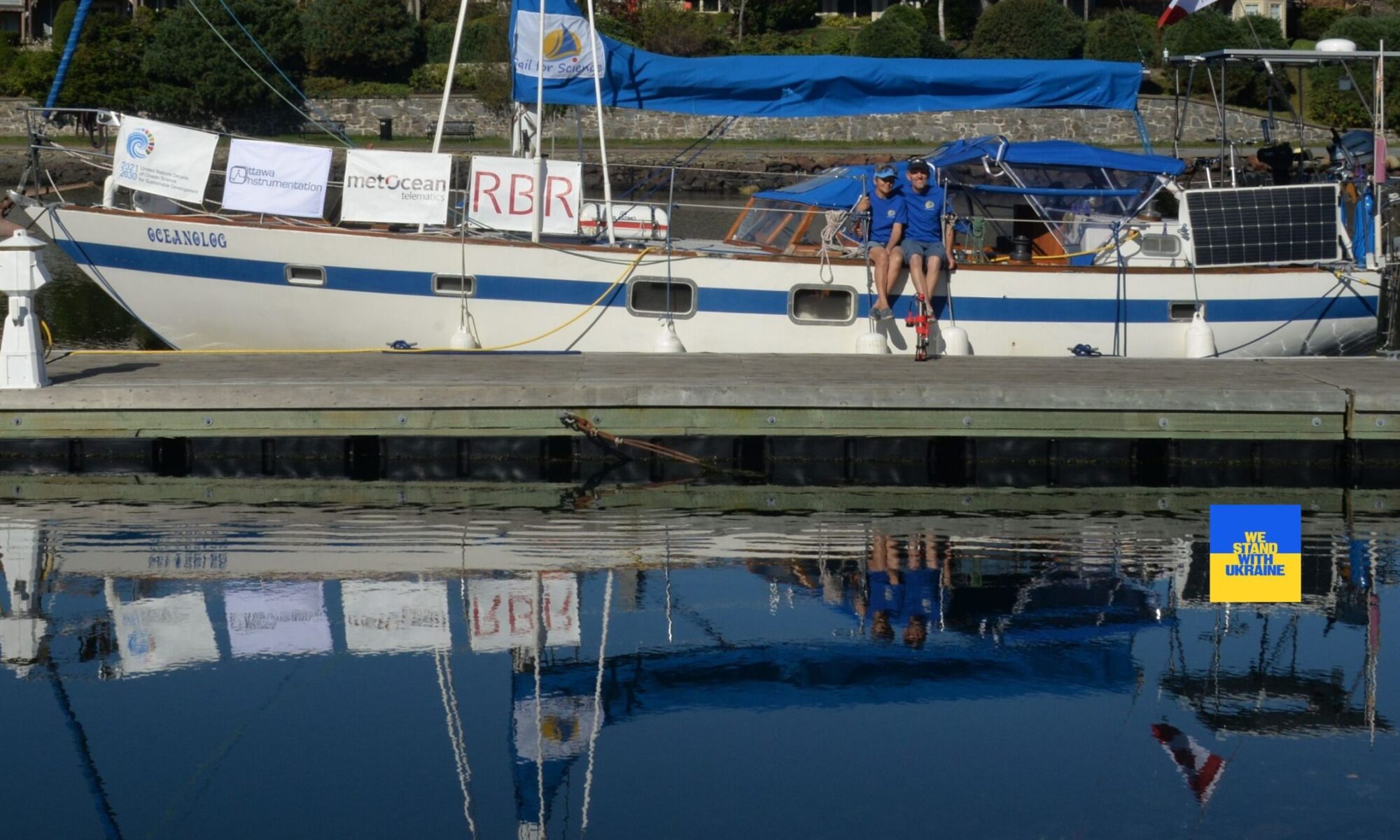“Keeping the pool of knowledge filled enables us to face the challenges of the future”
Jacques-Yves Cousteau
Our Vision
The Data which Science Needs from the Oceans we Sail
One of the biggest challenges facing humanity today is the issue of climate change on our planet, its consequences, and possible strategies for adapting to this new reality. The ocean plays a pivotal role in shaping weather and climate, and addressing these challenges requires comprehensive ocean data collection. The global community of cruising sailors can play a significant role by providing low-cost, high-quality oceanographic data, contributing to meaningful scientific endeavours and elevating sailors’ involvement in citizen science to a new level.
Much of this data is traditionally obtained through expensive oceanographic expeditions, autonomous instrument platforms, or specialized satellites. While we do not claim that our efforts can replace these established methods, they allow for the eco-friendly collection of a substantial amount of data that can be genuinely valuable.
PDF version of this presentation
Our Partners and Sponsors:








